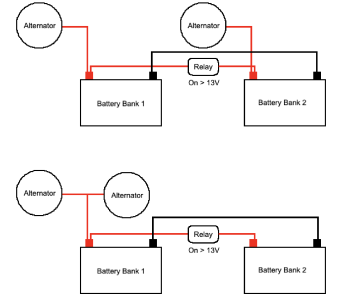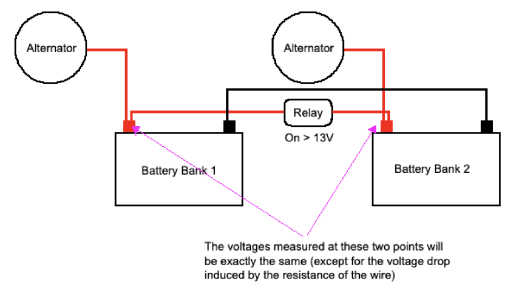Boathook
Well-known member
I've had 2 batteries connected together and the voltage has been the same with both. When disconnected one dropped like mad as it was knackered and the other rose up.The state of charge makes no difference, they will still have the same voltage.
of course
Both batteries the same age and always connected together.
I wondered why the battery capacity seemed limited.
All sorted by 2 new batteries ........


